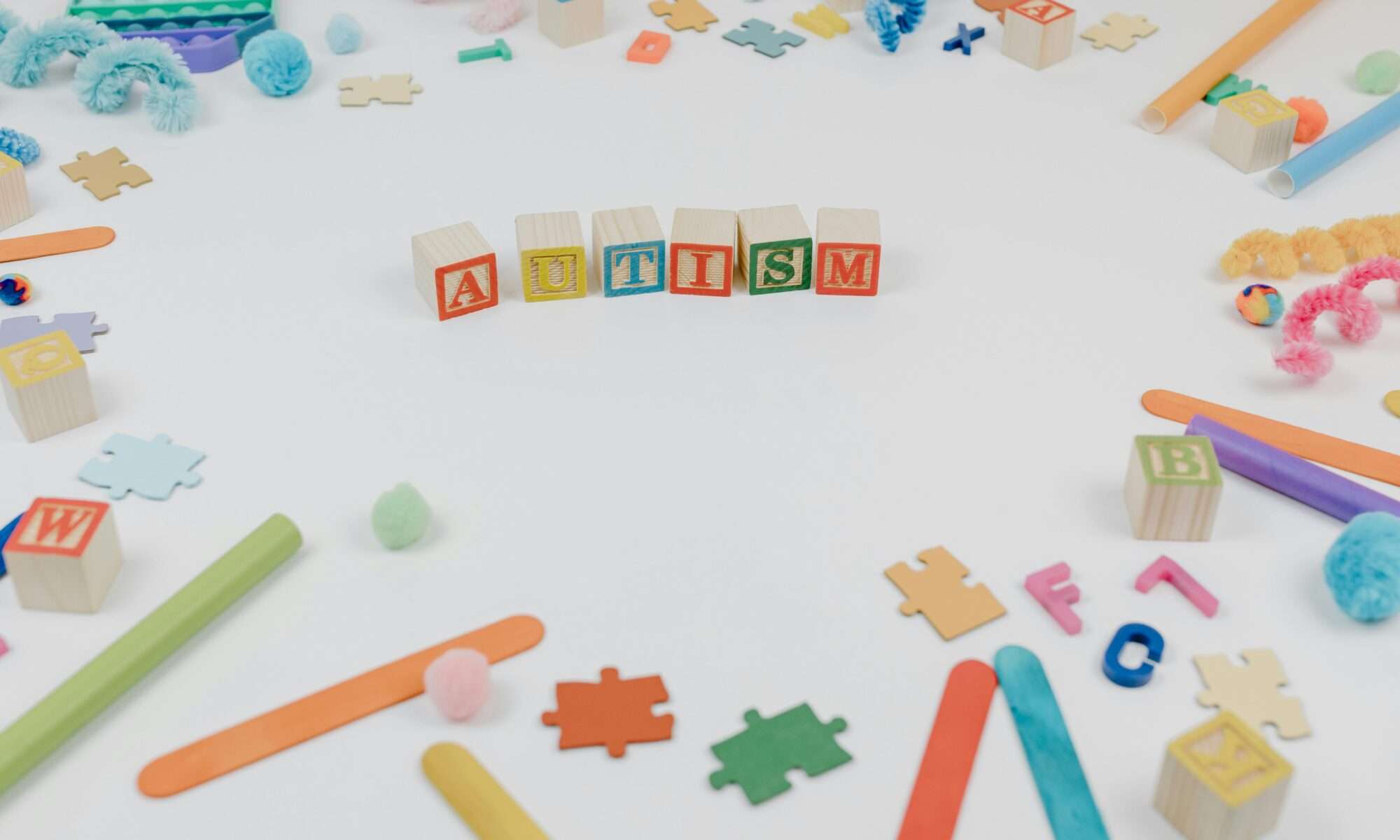Understanding Mild Autism
Autism spectrum disorder (ASD) is a neurodevelopmental condition with a broad spectrum of presentations, ranging from severe to mild. Among the less severe forms, “mild autism” is often used to describe individuals who experience challenges in social interactions, communication, and behavior but generally function at a higher level compared to others on the spectrum. These individuals may excel academically or professionally while still facing unique hurdles in daily social settings. Gaining a nuanced understanding of mild autism is crucial for providing tailored support and fostering an inclusive environment that embraces diversity. Here are five key facts you need to know about mild autism to better understand and support those affected.

What is Mild Autism?
Mild autism, often referred to as high-functioning autism, encompasses individuals on the autism spectrum who display symptoms that are less severe and more subtle than those found in other forms of autism. These individuals typically demonstrate strong language abilities, a high IQ, and the capability to live independently. However, their journey can still involve significant social and communicative challenges. They might find it difficult to interpret social cues, engage in casual conversations, or sustain eye contact. While they often excel in structured environments, the subtleties of social interactions can pose ongoing difficulties. Understanding these nuances is essential for providing the appropriate support and fostering environments where individuals with mild autism can thrive.
For the Best Doctor Consultancy, visit:
Common Symptoms of Mild Autism
Symptoms can vary, but those with mild autism often display:
- Social challenges: Difficulty interpreting social norms, body language, and forming friendships.
- Repetitive behaviors: Engaging in routines or repetitive actions, such as hand-flapping or insistence on specific routines.
- Sensory sensitivities: Heightened sensitivity to sensory input, like light, sound, or textures, which can cause discomfort in daily situations.
- Intense interests: A strong focus on specific topics, sometimes to the exclusion of other activities.
Diagnosis and Early Intervention
Early diagnosis is crucial for managing mild autism. Healthcare professionals use behavioral observations, parental reports, and standardized tests to make a diagnosis. While some are diagnosed in childhood, others may not be identified until adulthood due to subtler symptoms.
Interventions like behavioral therapy, speech therapy, and social skills training can significantly improve communication, reduce anxiety, and promote independence. Early intervention is particularly effective in enhancing long-term outcomes. For detailed information, visit the CDC’s page on autism diagnosis.
Challenges Faced by Individuals with Mild Autism
Even with a high level of functioning, individuals with mild autism often encounter significant challenges:
- Social isolation: Difficulty in forming and maintaining relationships can lead to loneliness.
- Mental health issues: An increased risk of anxiety and depression.
- Misunderstandings: Less visible symptoms can lead to misunderstandings or judgment.
Support and Resources
Support is essential for individuals with mild autism to lead fulfilling lives. It can include:
- Educational accommodations: Extra time on tests, access to a quiet room, and other support in schools.
- Therapeutic interventions: Behavioral therapy, occupational therapy, and social skills training to help manage symptoms.
- Community involvement: Participation in support groups or online communities for shared experiences and support.For more resources, visit the Autism Society or the National Institute of Mental Health (NIMH).
Conclusion
Understanding mild autism is vital for offering the right support and ensuring that those affected can thrive. By recognizing the symptoms, seeking early intervention, and providing ongoing assistance, we can create a more inclusive environment. Every step, whether through education, therapy, or awareness, contributes to improving the lives of individuals on the autism spectrum.
You can visit our more Blogs on:

